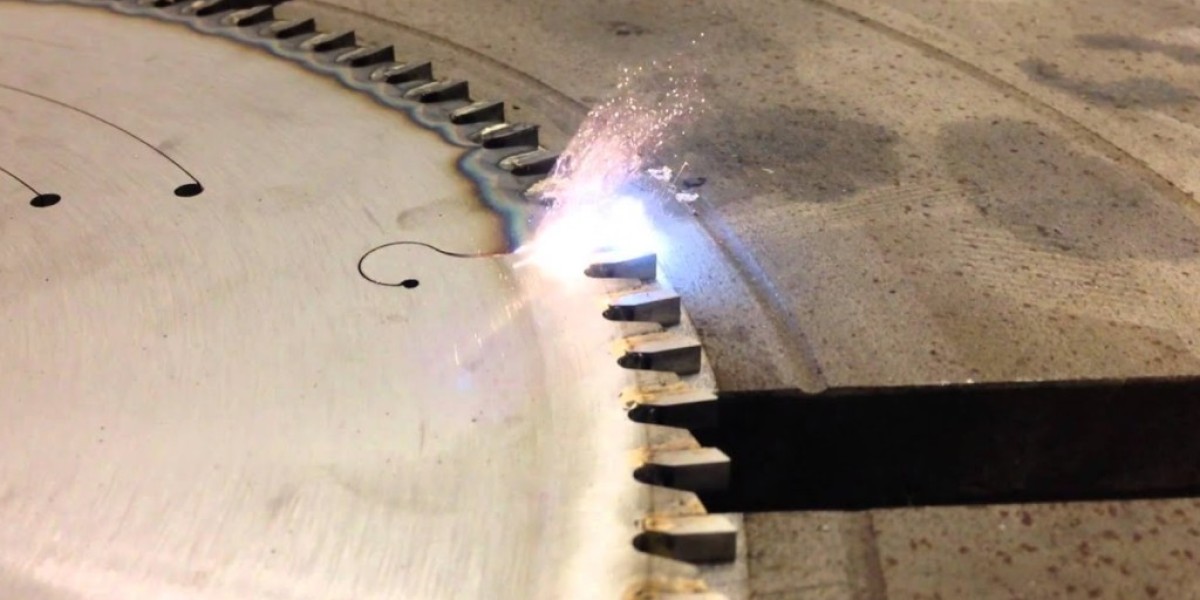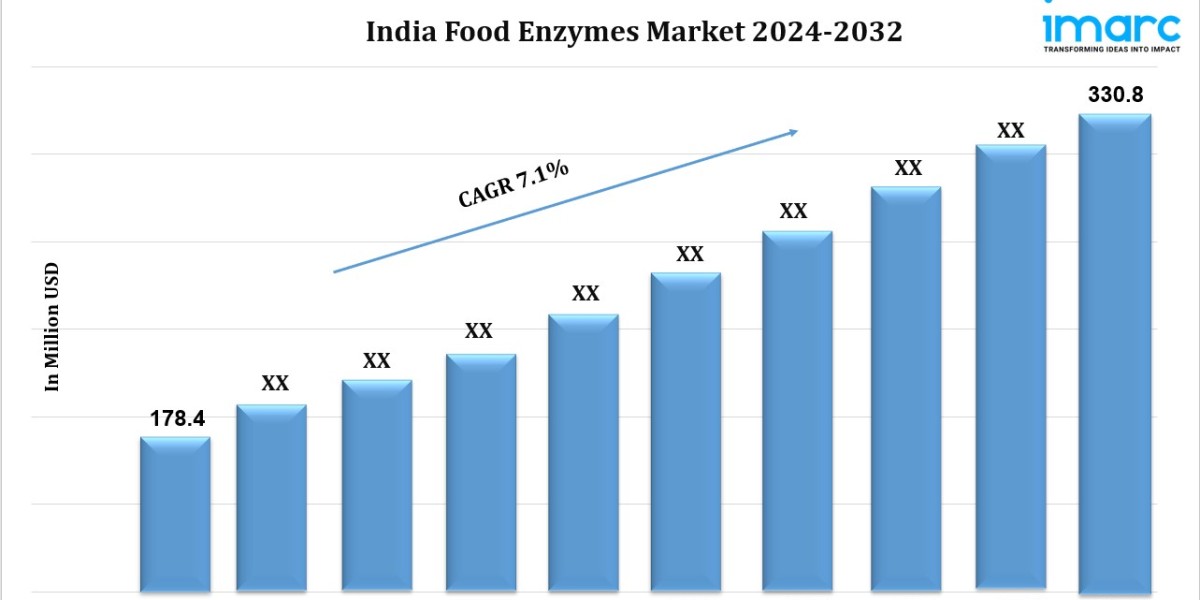Laser cleaning machine have revolutionized the cleaning industry by offering a unique, non-contact method for surface cleaning that eliminates contaminants such as rust, paint, oil, and other residues without the use of chemicals or abrasive materials. This technology is part of a larger trend in industrial cleaning and surface preparation, providing a cleaner, more efficient solution with less environmental impact.
Introduction to Laser Cleaning Technology
At its core, laser cleaning is a process where high-powered laser beams are directed onto a surface to remove unwanted materials. The laser's intense energy interacts with the contaminants, causing them to evaporate, vaporize, or be blown away by the force of the laser-induced plasma. The laser light is typically delivered via fiber-optic cables, and it can be finely controlled to target specific contaminants or materials while leaving the base material intact.
Laser cleaning technology operates based on several scientific principles, primarily involving light absorption, thermal energy, and the interaction of the laser with the target surface. The success of this cleaning method depends on the specific type of laser used, the wavelength, and the power density, all of which are tuned for optimal surface interaction. By adjusting these parameters, laser cleaning machines can handle a variety of materials and contaminants, making them versatile across multiple industries.
Working Principle of a Laser Cleaning Machine
The cleaning process begins when the laser is directed at the surface that needs to be cleaned. The energy from the laser beam interacts with the surface in different ways depending on the material and the type of contaminant. The basic steps involved in laser cleaning are as follows:
Laser Interaction with the Surface: The laser beam, which can have a wavelength in the ultraviolet (UV), visible, or infrared (IR) spectrum, strikes the surface. The wavelength is chosen based on the type of contaminant and the material of the surface. When the laser light hits the contaminant, the material absorbs the energy.
Thermal Impact: The absorbed laser energy quickly raises the temperature of the contaminant. For materials like rust, paint, or oil, this sudden heat causes them to either melt, vaporize, or be ejected from the surface entirely. The heat does not affect the base material underneath if the laser's power is appropriately controlled.
Plasma Formation: As the contaminant absorbs the laser's energy, a plasma plume may form above the surface. This plasma is essentially a cloud of ionized gases created by the intense heat generated by the laser beam. The plasma can assist in removing the contaminants by blowing them off the surface as it expands and contracts during the process.
Cooling and Material Ejection: Once the contaminant has been vaporized or dislodged from the surface, the remaining material may be carried away by a combination of the laser-induced plasma and air pressure. In some systems, air or another gas is blown onto the surface to assist in ejecting the contaminants, further aiding the cleaning process.
Precision and Control: The laser cleaning machine is designed to allow operators to adjust various parameters such as laser power, pulse duration, and beam focus. This precision ensures that only the contaminants are removed, and the underlying material remains unharmed. For example, delicate or thin materials can be cleaned with minimal impact, while heavily corroded or coated surfaces can be treated more aggressively.
Applications of Laser Cleaning Machines
Laser cleaning machines are used in a wide range of industries, from manufacturing and aerospace to art restoration and environmental conservation. Some common applications include:
Rust Removal: One of the most common uses of laser cleaning is removing rust from metal surfaces. Traditional methods such as abrasive blasting or chemical treatments often lead to wear and tear on the base material. Laser cleaning, however, only targets the rust, leaving the underlying metal intact and smooth.
Paint and Coating Removal: In industries where products require frequent repainting, such as automotive or shipbuilding, laser cleaning is an excellent choice for removing old paint and coatings. The laser energy removes the paint without causing damage to the metal surface, unlike sandblasting or chemical stripping methods.
Surface Preparation for Welding or Coating: Prior to welding or coating, surfaces often need to be clean of oils, dirt, or other contaminants. Laser cleaning is an ideal solution for preparing metal surfaces for these processes because it can clean precisely without the need for chemical agents.
Restoration of Historical Artifacts: Laser cleaning is also used in the conservation of historical artifacts, sculptures, and buildings. When restoring old works of art, laser cleaning offers a non-invasive method to remove dirt, grime, and other buildup without causing damage to the underlying material or finish.
Environmental Cleanup: As environmental concerns continue to rise, laser cleaning offers a more eco-friendly option for surface cleaning. Unlike traditional methods, laser cleaning does not generate hazardous waste, requires minimal energy, and eliminates the need for toxic cleaning chemicals.
Environmental Impact and Sustainability
One of the most notable benefits of laser cleaning technology is its environmentally friendly nature. Traditional cleaning methods often involve harsh chemicals, abrasive materials, or water, all of which can have significant environmental consequences. In contrast, laser cleaning uses no chemicals, no water, and produces minimal waste. This makes it an ideal solution for industries looking to reduce their carbon footprint and comply with increasingly stringent environmental regulations.
By eliminating the need for chemical agents, laser cleaning avoids the risk of chemical runoff or contamination. Furthermore, the process generates no secondary waste such as sandblasting dust or chemical residues. This contributes to a cleaner and more sustainable environment, making laser cleaning an attractive option for industries with environmental concerns.
Safety Considerations
While laser cleaning machines offer many advantages, there are also safety considerations that must be taken into account. The high-powered lasers used in cleaning processes can be hazardous to operators and anyone in the vicinity. Proper safety protocols, including the use of protective eyewear and laser-safe clothing, are essential to prevent accidents.
Additionally, the machine should be operated in a controlled environment where the laser beam is focused on the target material. Safety shields or enclosures are often used to prevent the laser from accidentally hitting unintended surfaces or personnel.
Conclusion
Laser cleaning machines represent a significant advancement in the field of surface cleaning. By harnessing the power of laser technology, these machines are capable of removing contaminants like rust, paint, and oil without the need for chemicals, abrasives, or water. This makes laser cleaning an efficient, environmentally friendly, and highly precise solution for various industrial applications. As industries continue to prioritize sustainability and efficiency, the use of laser cleaning machines is expected to expand further, offering cleaner surfaces and a safer, greener future.



